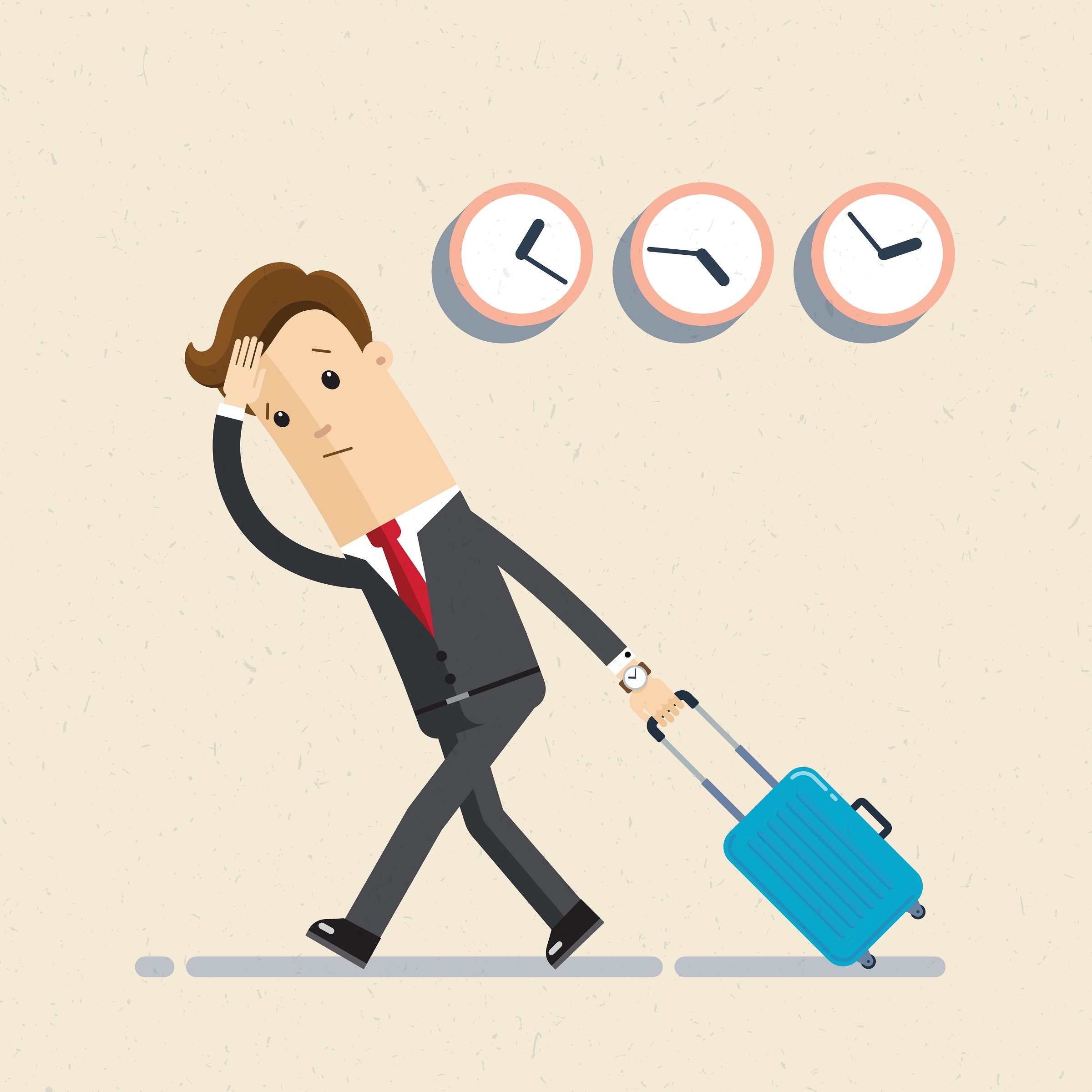Decision making is a skill that we find at the core of every activity that we perform, taking sports as an example. By looking at the quality of that sports performance, we tend to get a pretty accurate indicator for the quality of decision making that produced this performance. In this article, I like to point your attention to your personal and individual circadian rhythm that can help you to improve not only your sports performance and learning, but also your decision making in general.
Whereas in cognitive science, we can qualify and quantify our decision processes fairly directly (by looking at the executive function, measuring the impact of inhibition and working memory say on decision reaction time and decision accuracy), in everyday life, we need to use a more indirect approach. Here we can look at the associated activity related to the decision process and thereby indirectly determine the quality of our decision making.
In a study on the internal body clocks of sportswomen and -men researchers could show the dramatic influence the time of competition has on their respective success. Among other aspects the findings can possibly explain why Spanish Football teams are much more successful in European Football Competitions, like the Champions League, compared to say British teams who, in contrast to the Spanish teams, are used to play their regular weekend league matches much earlier in the day.
In short, sleeping patterns & habits, time of competition and the internal body clock have a direct influence on sports performance. The same, as I like to show in a series of articles to come, also applies to decision making. The simple message therefore is: Bedtime ‘has a huge impact not only on sport, but also on decision making’.

Picture: Dim Tik, Source: Shutterstock
A team of researchers from the University of Birmingham found that our sports performance with respect to the time of day varied by about 26% comparing our most favourable time slot of the day, to our least favourable one. Unlike common belief that these time slots are just about the same for everybody, the researchers could show that:
- Larks – or early risers – peaked at 12:00
- Intermediate types peaked just before 16:00
- Owls – or late types – peaked not long before 20:00
Following the argument introduced above, I like to deduce that there are presumably similar patterns of peak performance that will be relevant to decision making. Complex movements in sports which need to be performed in, as short a time as possible (i.e. in a competitive environment), require accurate processing of large amounts of data, analogous to decision making. As reported by the sportswomen and -men in the study, their subjective feeling of alertness or sleepiness very closely related to the actual performance measured by the researchers.
According to the lead researcher Dr Roland Brandstaetter: “Athletes and coaches would benefit greatly if they knew when optimal or suboptimal performance time was.” The same of course applies in decision making. By timing our important and irrevocable decisions according to our “Circadian rhythm” there is a very good chance that we can improve our decision making in a similar range from about 13 to 26%, just by focusing on the times in which we are most alert and most motivated.
In sports, the researchers estimate that a difference in performance of only 1%, makes the difference of becoming an Olympic Medal Winner or going home without one.
Our internal body clock is not only important in sports and decision making, but also in learning as the passionate talk by Dr. Paul Kelley, Honorary Research Associate, Sleep and Circadian Neuroscience Institute, Oxford University, shows. If you do not have the time to follow the 14 minute video (below), please refer to Dr. Kelley´s articles published in the Guardian.
In Summary: Time and Timing are key in sports, in the work place and in education, particularly with respect to sleeping habits and patterns. Knowing our personal “Circadian Phenotype” (i.e. being a lark, intermediate or owl) helps us to find our optimal time slot not only for our best sports performance but also for optimal decision making. These time slots are very individual and they can change according to environmental circumstances like light, meals, exercise and social cues. It is up to us to identify our individual needs and adjust our habits and routines accordingly for a healthy, productive and happy life.
One way to achieve this “grand” goal is to apply the process of decision timing in a continuous and sustainable way. For more information please refer to my book “Decision Timing: More Awareness, New Insights, Smarter (Method & tool assisted decision making)” available on Amazon.
Article by Felix Schürholz, 13th July 2017, www.decisiontiming.com
Once you know which time of day is best for you to take a decision, pick the right system and tool to support you in your decision making: http://decisiontiming.com/decision-timing-lesson-1-self-initiated-and-proactive-decision-making/
Check out the new article on your ideal time of day for decision making: http://decisiontiming.com/ideal-time-of-day-for-decision-making-applying-decision-effectiveness/